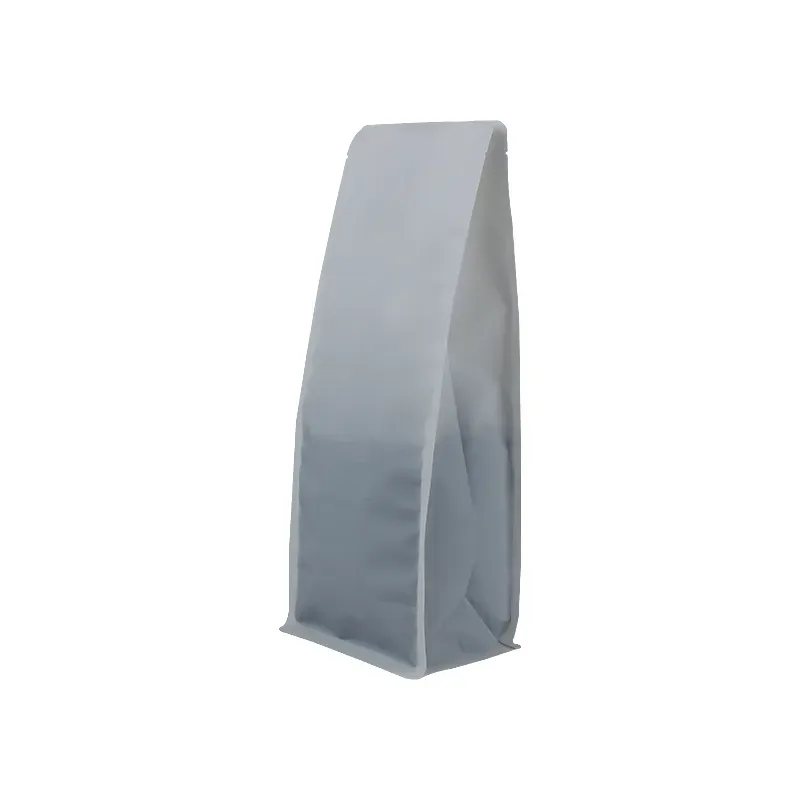Creative Approaches to Designing Corrugated Packaging Solutions for Various Needs
The Art and Science of Corrugated Box Design
In the world of packaging, corrugated boxes have emerged as a staple due to their versatility, durability, and cost-effectiveness. These boxes are not only functional but also serve as a canvas for branding and design. Understanding the nuances of corrugated box design is essential for businesses aiming to enhance their packaging solutions.
Structure and Materials
At the core of corrugated box design is the structure, which typically consists of three layers an inner liner, a fluted medium, and an outer liner. The fluted layer, often resembling waves or arches, provides strength and rigidity, making the box capable of withstanding pressure and impacts during transportation. The choice of material—whether single-wall, double-wall, or triple-wall corrugated board—depends on the weight and fragility of the product being packaged. For example, lighter items can be secured in a single-wall box, while heavier products may require the additional strength of a double or triple-wall design.
Dimensions and Shape
One of the first steps in corrugated box design is determining the appropriate dimensions and shape. Custom sizing is crucial to maximizing the use of packaging materials, minimizing waste, and efficiently protecting the products. A well-designed box will snugly fit its contents without excessive empty space, reducing the likelihood of movement and damage during transit. Additionally, innovative shapes beyond the standard rectangular box—such as circular or custom die-cut designs—can further enhance the user experience and attract customer attention.
Printing and Branding
The exterior of a corrugated box serves as an advertising space that reflects a brand’s identity. High-quality printing techniques allow for vibrant graphics and logos that can captivate consumers right from the shelf. Companies can use various printing methods, including flexography, lithography, or digital printing, each with its unique benefits. Furthermore, the incorporation of eco-friendly inks and finishes aligns with the growing consumer demand for sustainable packaging solutions, presenting a responsible brand image.
corrugated box design

Functionality and Accessibility
While aesthetics are important, the practical aspects of corrugated box design cannot be overlooked. Features such as easy-open tabs, handles, or tear strips enhance user friendliness and improve the overall customer experience. Additionally, incorporating protective elements—like inserts or dividers—helps secure fragile items and prevent damage during shipping. This careful consideration of functionality can lead to higher customer satisfaction and repeat business.
Sustainability Considerations
In today's environmentally conscious market, sustainable packaging solutions are more important than ever. Corrugated boxes are often made from recycled materials and are themselves recyclable, making them a greener option compared to many other packaging materials. To further promote sustainability, designers can focus on minimizing the amount of material used in each box without compromising strength, thus reducing waste and environmental impact.
Future Trends in Design
As e-commerce continues to grow, corrugated box design will need to adapt to the changing landscape. Trends such as smart packaging, which incorporates technology like QR codes for tracking and engagement, are becoming increasingly popular. Additionally, brands are beginning to explore innovative designs that enhance the unboxing experience, creating memorable moments that resonate with consumers.
Conclusion
The design of corrugated boxes is a multifaceted discipline that encompasses structural integrity, aesthetic appeal, functionality, and sustainability. By carefully considering each aspect of design, businesses can create packaging solutions that not only protect their products but also promote their brand effectively. As market demands evolve, continuous innovation in corrugated box design will play a crucial role in meeting the expectations of both businesses and consumers alike. Embracing these principles can lead to a packaging strategy that stands out in a crowded marketplace, ensuring that products arrive safely and stylishly at their final destination.













